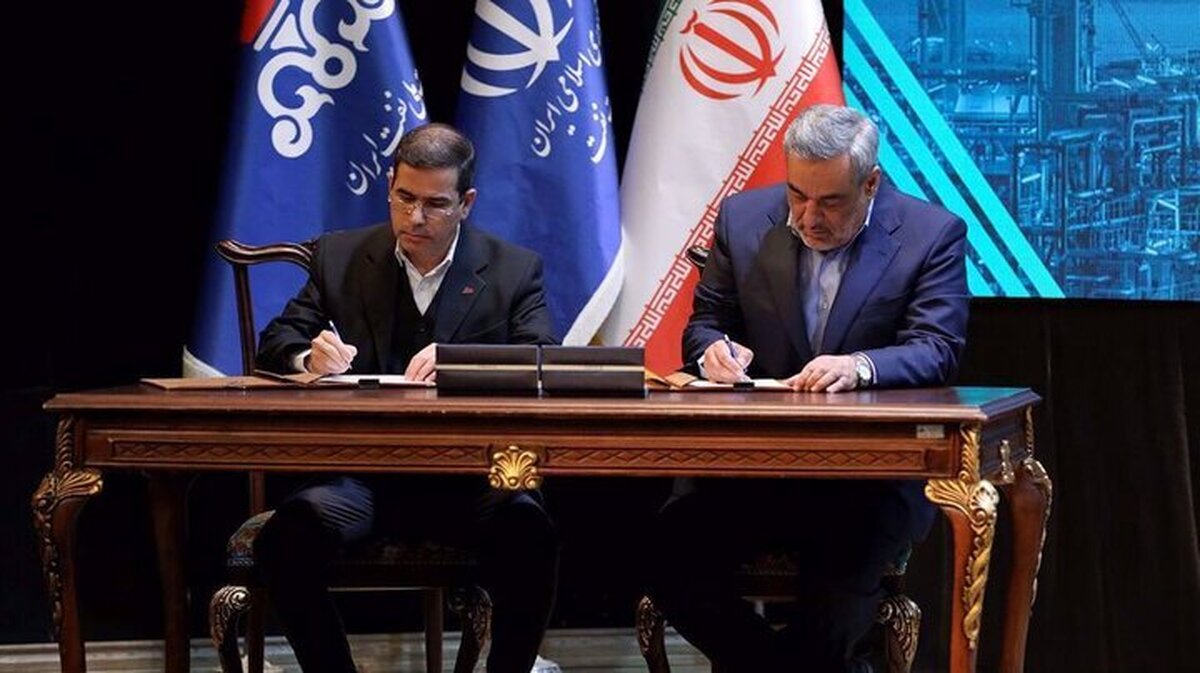
South Pars Completion Requires Investment of $7.5 Billion
EghtesadOnline: Nearly $80 billion have been invested in the upstream sector of South Pars Gas Field in the Persian Gulf so far, but more is needed to complete the unfinished phases in the huge field, managing director of the National Iranian Oil Company said.
“The completion of Phase 11 as well as phases 13, 14 and 22-24 needs about $7.5 billion of investment in Asalouyeh region,” Mohsen Khojastehmehr was also quoted as saying by the Oil Ministry’s news agency Shana.
“The development of these phases has registered over 90% progress and is expected to be completed by the end of the current Iranian year [March 20, 2022].”
The official emphasized the use of the latest technologies to ensure maximum production in the upstream sector and maximum value added in the downstream sector.
He also stated that special attention should be paid to the development of the South Pars region, as any problem in the field’s development and production process will impact the country's revenue generation.
Khojastehmehr said to address the decline in production from South Pars, “we have a compensatory scheme, the neglect of which will make us an importer of gas by 2025”.
“South Pars is the source of 70% of the country's gas production and by drilling new wells, oil engineering measures such as acid work, etc., the natural decline in production can be prevented to some extent. But the most important thing we have to do is to build gas booster stations, which is a fundamental step and needs $20 billion in offshore and $10 billion in onshore operations,” he said.
South Pars, the world's largest proven offshore natural gas reservoir, contains at least 12 trillion cubic meters of gas, of which close to 9 tcm are extractable and Iran has extracted about 2 tcm of gas from the field in the past 18 years.
The huge gas field, which Iran shares with Qatar, covers an area of 9,700 square kilometers, 3,700 square kilometers of which (South Pars) are in Iran’s territorial waters and the rest (North Dome) is in Qatari waters. It is estimated to contain large deposits of natural gas, accounting for 8% of the world’s known reserves and approximately 18 billion barrels of condensates.
South Pars has been designed in 24 phases and includes 39 offshore platforms, 373 wells and 3,000 kilometers of subsea pipelines.
The official also underlined that there are several other fields to be developed for production of gas, including 10 gas fields in central Iran as well as Kish, North Pars and Farzad A and B gas fields.
Developing Joint Oilfields
Speaking about the need to boost production in the West Karoun oilfields that Iran shares with Iraq along the southwestern border, Khojastehmehr said, “We need around $11 billion in investment to develop the joint fields.”
The development of the second phase of North Azadegan and Yadavaran oilfields, as well as South Azadegan and Yaran fields, is on the agenda of NIOC, he added.
West Karoun is home to a cluster of oilfields Iran shares with neighboring Iraq. Iran plans to develop them to increase its oil output by 1 million barrels per day.
Oil extraction from the shared West Karoun block in Khuzestan Province has reached 420 barrels per day, marking a sixfold increase compared to 2013.
NIOC lagged behind Iraq in early 2016 in producing crude oil from the block, but has now moved ahead of OPEC'S number 2 producer in West Karoun.
West Karoun includes several large oilfields straddling the Iran-Iraq border, namely Azadegan, Yaran, Yadavaran and Darkhoein, with the first three divided into north and south projects. The block holds an estimated 67 billion barrels of oil in place, of which 14 billion barrels are recoverable. Nine percent of Iran’s crude oil reserves exist in the fields shared with Iraq.
Iran is now pumping 130,000 bpd from Yadavaran Oilfield. Extractions from Azadegan, Darkhoein and Yaran oilfields stand at 210,000 bpd, 50,000 bpd and 30,000 bpd, respectively.


